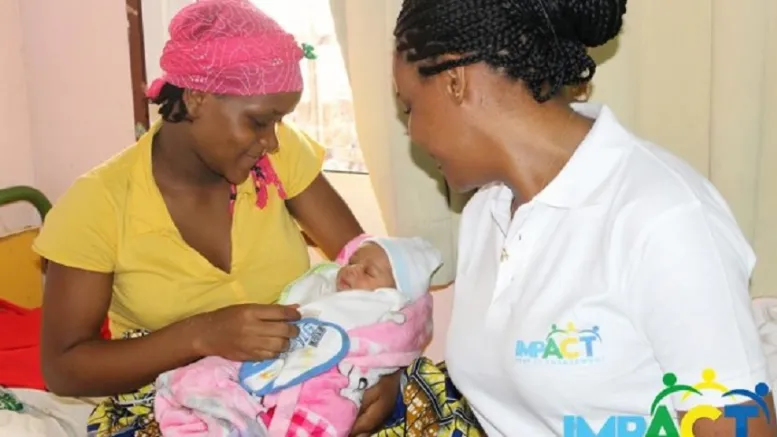The WHO Global School on Refugee and Migrant Health convened experts to advance Universal Health Coverage for displaced populations. Discussions focused on inclusive policies, health financing, and integrating migrants into national health systems.The 5th edition of...




